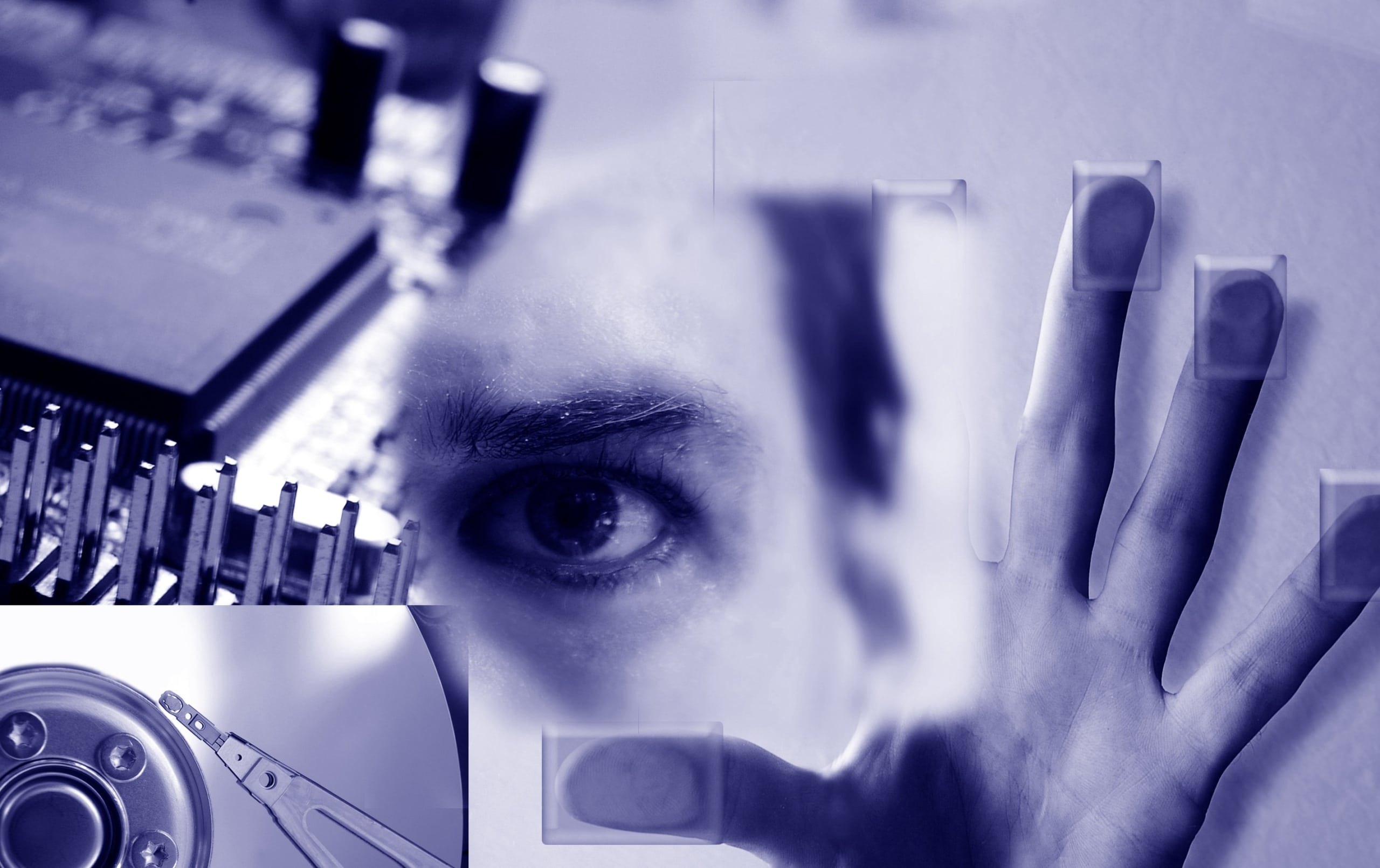How emotions influence consumer buying habits has long intrigued and evaded the business sector. Face recognition technology, once limited to security and surveillance systems, has made it possible to gauge more specific metrics to allow companies to predict consumer behavior and accelerate revenue growth.
Based on biometrics – defined as automated methods of recognizing an individual based on measurable biological (anatomical and physiological) and behavioral characteristics – face recognition technology can identify and authenticate individuals based on captured face images using a camera. These images are then compared with a large database. The calculations are complex and include specifics such as the distance between an individual’s eyes, cheekbones and eyebrows. Setting a new record in the field, Google’s face recognition system FaceNet has a reported accuracy of 99.63 percent, outperforming the Interstate Photo System’s search accuracy rate of 85 percent when a matching photo exists in their database.
Apple’s recent acquisition of AI startup Emotient, Inc is a strong indication of the power and influence of the rapidly advancing field of neuromarketing. In fact, Apple made a reported 15 total acquisitions in fiscal year 2015 ranging in categories from music analytics (Semetric) to speech technology (VocalIQ) to machine learning technology (Percepito). As a leader in emotion measurement, Emotient (acquired by Apple in January of 2016) is a cloud-based service and currently focuses its work around three interesting KPI’s or key performance indicators: attention, engagement and sentiment. While attention and engagement around a product or advertisement are self-explanatory, sentiment refers to analysis of a subject’s demonstration of a positive, negative or neutral emotion.
But why the big shift toward face recognition technology, why now? Rob Enderle, a leading IT analyst and President and Principal Analyst of the Enderle Group tech firm suggests that “passwords aren’t working and fingerprint readers, while far better, are still one extra step that annoys users. Face recognition is far more natural because it can be implemented in a way that feels a bit more magical…it fits better with Apple’s approach to technology which favors experience over almost everything else.”
We see this emphasis on the consumer’s experience reflected in the controversial and popular NameTag app which allows users to quickly gain a snapshot of an individual’s entire online public profile by simply taking a picture of them. The convenience of smartphone technology has made face recognition a very attractive area of expansion for app developers.
The field has experienced incredible advancement since Dr. Joseph Atick, a physicist and pioneer of face recognition technology, introduced a software platform through his company called FaceIt Face Recognition over twenty years ago. Analysts estimate the global face recognition market worth will reach over six billion dollars by 2020. As the field continues to balance the challenges of consumer privacy and technological progress, Dr. Atick, shared his perspective with Emerj on where the industry may be headed:
“When computers can recognize their users and their emotions, a whole new user experience can be created. This is why mainstream high tech companies have been buying face recognition startups. They are looking for innovations to support their strategic vision, which is [to] bring a friendlier way for people to interact with their mobile phones and computers that can also add a dimension of trust and security. Face recognition has been the basis of human-human interaction since the beginning of time, it is no surprise [that] it is beginning to play a very important role as our interactions move to human-machine channels. This is the brave new world that we are entering in. Let us hope it will be done with humans maintaining control responsibly, with respect to cherished human values, rights and liberties, most notably our right to privacy.”
While Apple has yet to reveal its specific plans for the undisclosed and estimated multi-million dollar purchase of Emotient, Inc., Rob Enderle posits that “at some future point your face or iris should get you into most consumer grade technology systems ranging from phones to PCs. Apple wants to be one of the leaders when that happens.” On the heels of becoming the first U.S. company with a market value above $700 billion in 2015, Apple approaches its 40th anniversary in April. In keeping with the company’s legacy of driving innovation, their investments in AI technology are poised to set the tone for cutting edge integrations of face recognition technology into new products coming to market in 2016 and beyond.
Image credit: Dreamstime.com





















